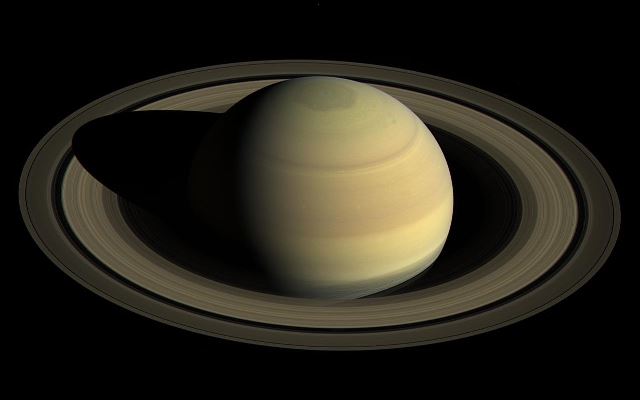Saturn's rings are one of the most interesting features of the solar system. They are composed of ice and dust particles and are typically only 10m thick, but extend 282,000km from the planet. Saturn's rings are an example of resonance; the complex structures result from tidal resonances between Saturn's many moons.
Use this in the classroom by asking students to describe the patterns in the rings, and relate them back to the moons and Kepler's Laws.

Gillian Deakin, from Queen Elizabeth's School, Barnet, shared this idea at our New Teacher Subject Days Physics Day 1 in London. Find out about our upcoming Science Events here.
Find more Knowledge Nuggets here. To discover more about NASA and the Solar System, click here.
Image: https://www.jpl.nasa.gov/spaceimages/details.php?i... Image credit: NASA/JPL-Caltech/Space Science Institute
